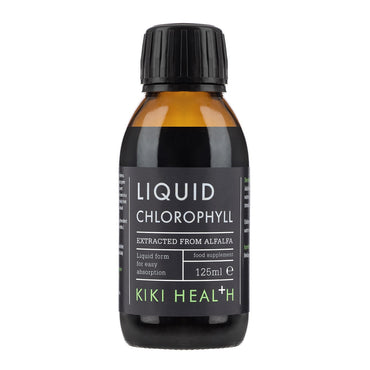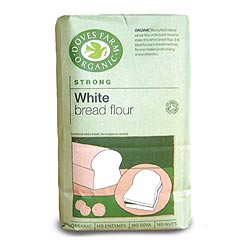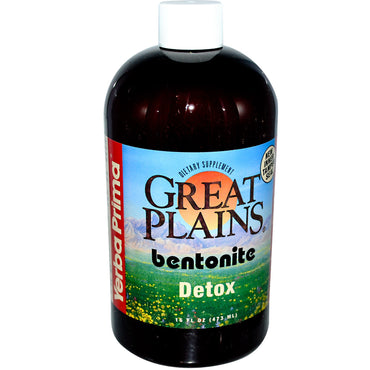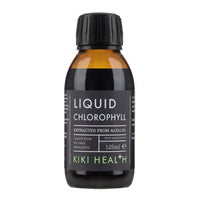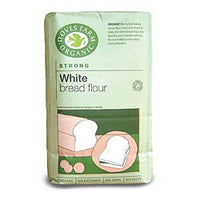

Frontier Natural Products, Cut Cinnamon Chips, 1/4 - 1/2", 16 oz (453 g)
£21.42 GBP
Disclaimer
While VITAMINSUK strives to ensure the accuracy of its product images and information, some manufacturing changes to packaging and/or ingredients may be pending update on our site. Although items may occasionally ship with alternate packaging, freshness is always guaranteed. We recommend that you read labels, warnings and directions of all products before use and not rely solely on the information provided by VITAMINSUK
This product is not intended to diagnose, treat, cure, or prevent any diseases.
Cinnamomum Burmannii USDA Kosher Certified by QAI Cinnamon - that most popular of spices - comes from the bark of an evergreen tree. Cinnamon's sweet, spicy and warm fragrance adds pungent sweetness to your favorite baked goodies. You can also use it to add a depth of flavor to savory dishes as well. Cinnamon - that most popular of spices - comes from the bark of an evergreen tree. Cinnamon's sweet, spicy and warm fragrance adds pungent sweetness to your favorite baked goodies. You can also use it to add a depth of flavor to savory dishes as well. Though often used interchangeably, cassia and cinnamon are not the same. Cinnamomum cassia (grown primarily in China and Indonesia) is reddish-brown and pungently sweet, while Cinnamomum zeylanicum (from Sri Lanka and India) is buff-colored and mild. Cassia is usually preferred for its more intense color and flavor. Korintji (thick quill cinnamon) and Batavia (thin quill cinnamon) are two types of C. cassia . Korintji comes from a higher altitude than the Batavian and has a slightly more intense reddish-brown color and sharp cinnamon flavor; it's considered the better variety. There are many species of cassia, including C. aromaticum (from China), C. burmannii (from Indonesia), and C. loureirii (from Vietnam or Saigon). True cinnamon, also known as Ceylon cinnamon, is obtained from C. verum, grown in Sri Lanka. It's tan and very mild. Vietnamese (Cinnamomum loureirii) Formally known as Saigon cinnamon, this special variety is rebounding in popularity in the U.S., following a more than 20-year absence. Compared to Indonesian types, Vietnamese cinnamon has a distinctly sweet flavor and an exceptionally high volatile oil content. Gourmet cooks rate it as the highest quality cinnamon in the world. Chinese (Cinnamomum aromaticum) Chinese cinnamon possesses characteristics similar to those of Vietnamese cinnamon, but with a less intense flavor. In China, the bark is typically peeled from the trees starting at 10 years of age and continuing as long as 30 years. Ceylon (Cinnamomum verum) This cinnamon is native to Sri Lanka (though grown in India, the East and West Indies, and Central America). The cultivated variety grows 8 to 10 feet and resembles a shrub rather than a tree. Most of the product in the U.S. is sold in the stick form. Korintje (Cinnamomum burmanii) The most commonly found cinnamon in American kitchens is Indonesian cassia. It is sourced from higher elevations and is harvested a bit earlier than Chinese and Vietnamese cinnamons. Korintje translates as “thick quillâ€
Disclaimer
While VITAMINSUK strives to ensure the accuracy of its product images and information, some manufacturing changes to packaging and/or ingredients may be pending update on our site. Although items may occasionally ship with alternate packaging, freshness is always guaranteed. We recommend that you read labels, warnings and directions of all products before use and not rely solely on the information provided by VITAMINSUK
This product is not intended to diagnose, treat, cure, or prevent any diseases.

